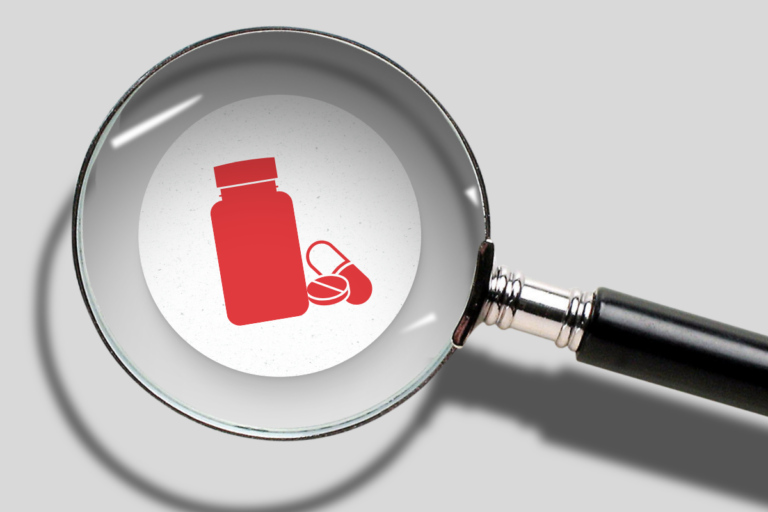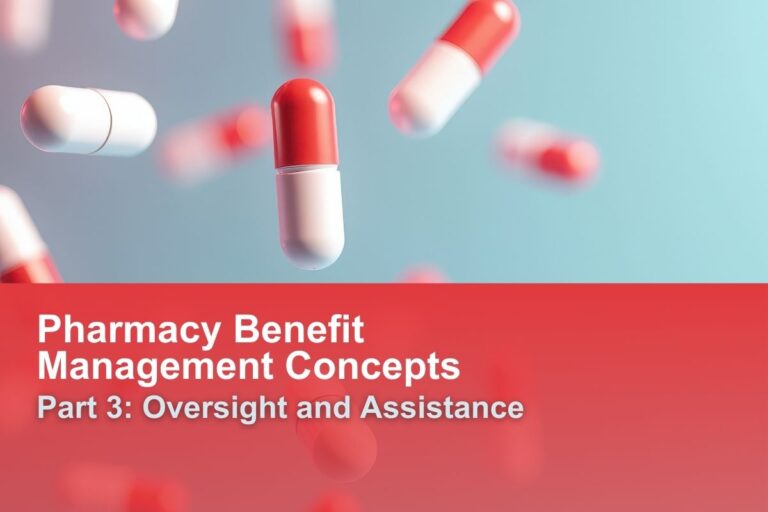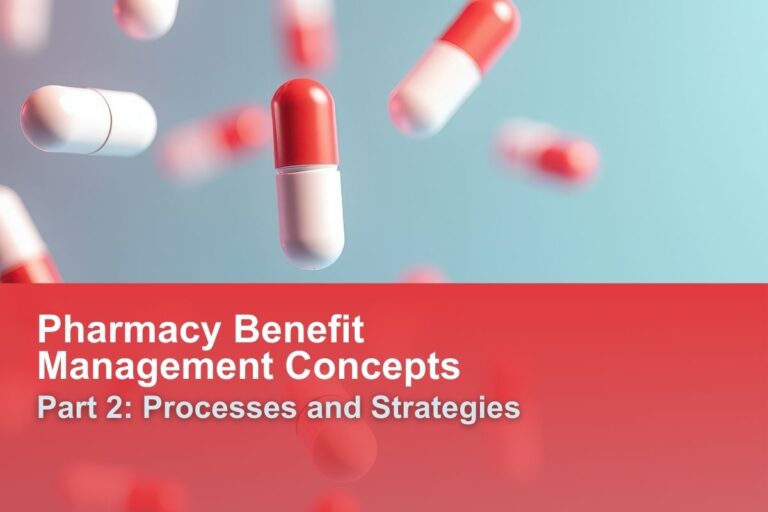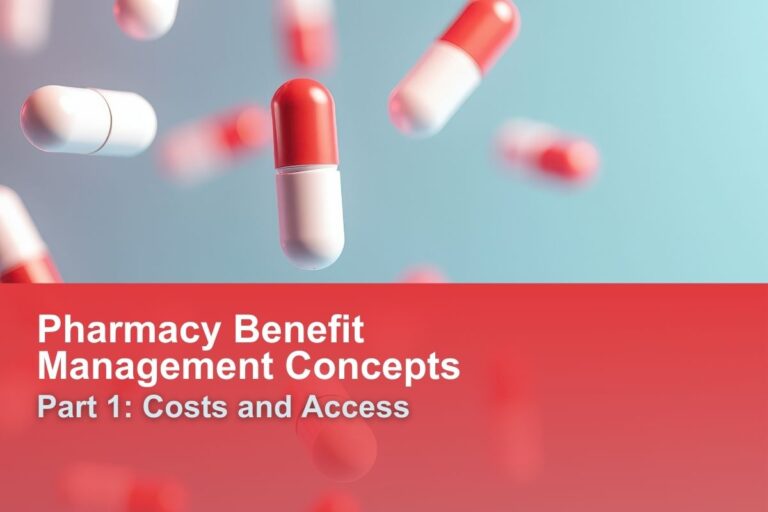
Data Proves Success of National CooperativeRx Specialty PA Program
National CooperativeRx’s pledge to our members is to ensure quality pharmacy benefit programs, plans, and service. Thus, we are constantly looking for opportunities to add value…

National CooperativeRx’s pledge to our members is to ensure quality pharmacy benefit programs, plans, and service. Thus, we are constantly looking for opportunities to add value…

Staying informed about the latest drug trends is essential for optimizing pharmacy benefit plans. At National CooperativeRx, we monitor…

Most payers can expect the percentage of member cost share to decrease over time. This is because most plans use fixed or flat copays…

The 340B Drug Pricing Program was established to help healthcare entities offer affordable medications to underserved populations. However, its expansion over time has led to challenges…

While these purchasing models share a common goal—aggregating the buying power of individual plan sponsors to lower pharmacy benefit costs—their structural differences in governance, pricing, and accountability significantly impact…

Expect another year of non-specialty drugs surpassing specialty drugs in their overall contributions to trend. GLP-1s will continue to be major drivers.

Offering rebates has been a pricing strategy for manufacturers of brand-named prescription drugs for decades. The explosion of rebate value has happened over the last 10-12 years as pharmacy benefit managers (PBMs)

In this final part of the series, we will dive into PBM performance and support—answering questions about how PBMs gauge plan effectiveness and provide support to stakeholders.

In this second part of our series, we delve into the inner workings of PBMs, answering questions about what happens after a patient fills a prescription, how benefits are effectively managed, and the strategic approaches PBMs utilize.

Employer groups often engage brokers, consultants, or third-party administrators to assist in evaluating and selecting pharmacy benefit plans to offer their plan participants. While these professionals handle much of the detailed work

Industry reports have shown the percentage of healthcare dollars spent on pharmacy continues to rise, jumping from 21% to 27% since 2021.¹ With even greater trends projected in the coming years,

Plan sponsors and their partners lean on their pharmacy benefit manager (PBM) to facilitate the implementation process. However, some PBMs have better processes than others. That is why working with a trusted PBM is crucial.